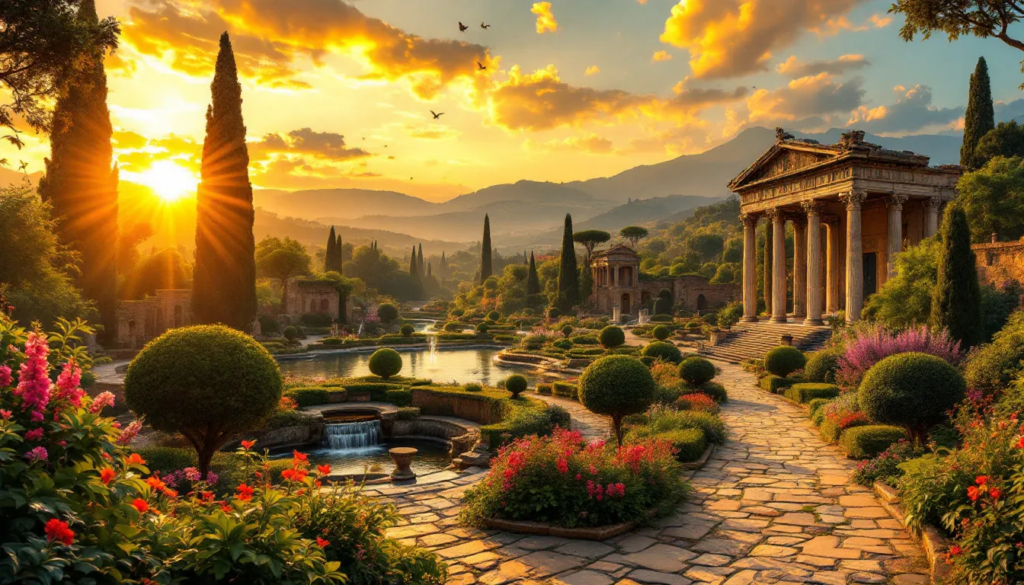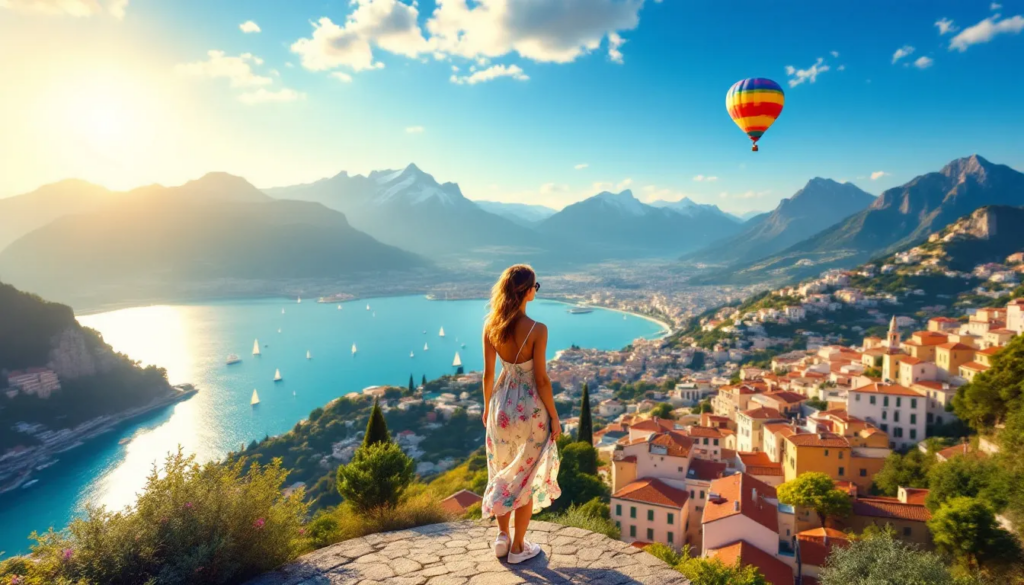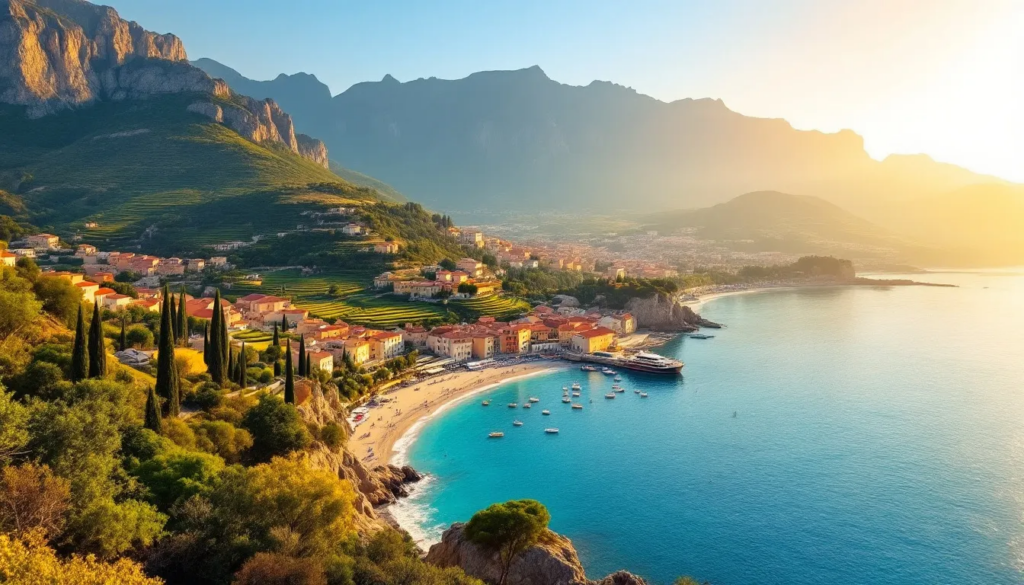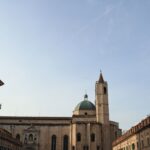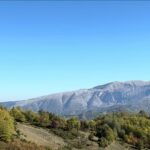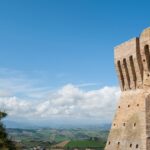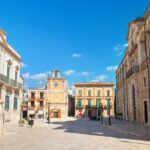Looking for what to see in Tivoli, Italy? You’re in for a treat with its mix of ancient ruins, Renaissance gardens, and natural beauty. In this guide, we’ll uncover the top sites, including Villa Adriana and Villa d’Este, that make Tivoli a must-visit destination.
Key Takeaways
- Villa Adriana and Villa d’Este are highlights of Tivoli, showcasing ancient Roman grandeur and exquisite Renaissance gardens, respectively.
- Villa Gregoriana offers a unique blend of nature and history, featuring stunning landscapes, waterfalls, and ancient ruins.
- Tivoli’s historic center is a charming area with cobblestone streets, notable churches, and local dining options, making it perfect for a day trip.
Discover the Grandeur of Villa Adriana
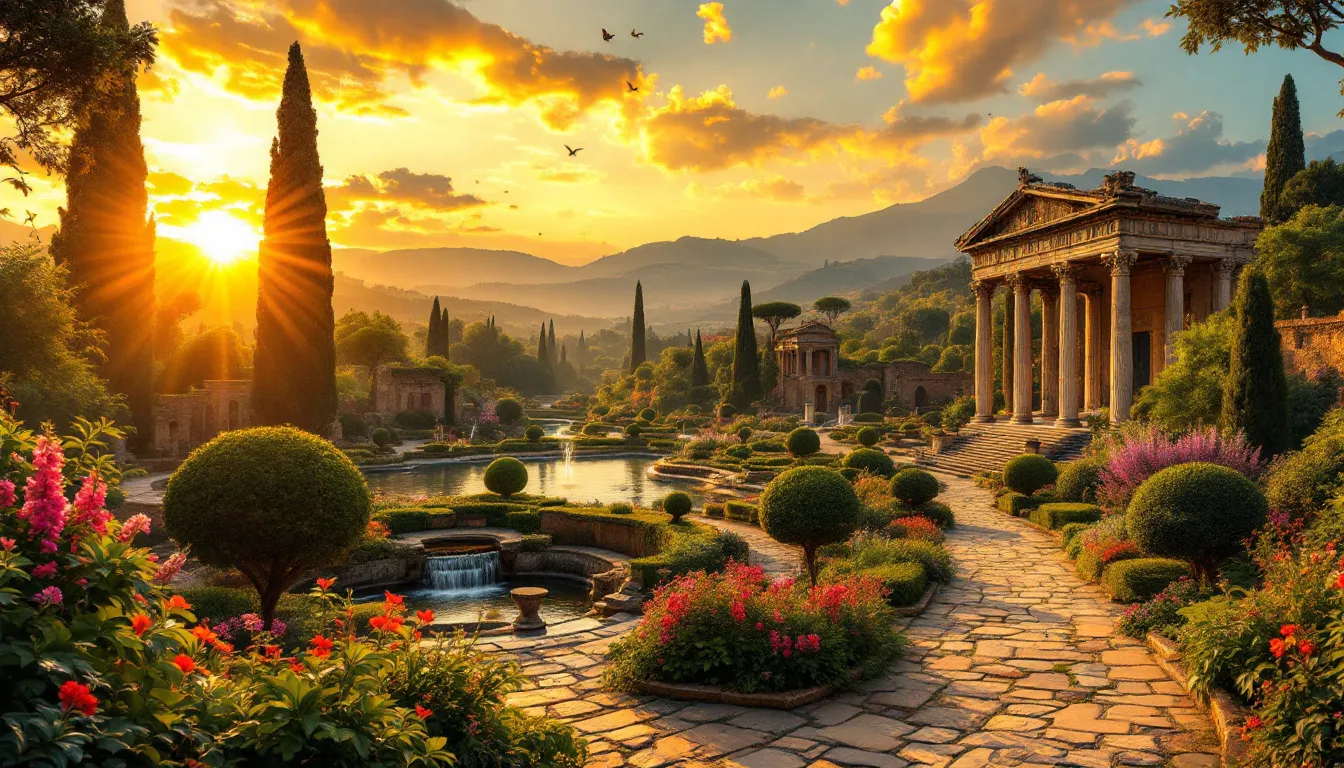
Villa Adriana, also known as the ancient Hadrian’s Villa, is a sprawling archaeological wonder designed by Emperor Hadrian himself as a retreat from the hustle and bustle of Rome. This grand estate spans nearly 300 acres, offering a glimpse into the opulence of ancient Roman life. As you wander through the extensive landscape of ruins and architecture, you’ll be transported back in time, marveling at the ingenuity and artistry of this UNESCO World Heritage Site.
Notable figures such as Maecenas and Augustus once graced these grounds, adding to the villa’s storied past. The baths complex, with its under-floor heating and elaborate decorations, showcases the advanced engineering of the era. A visit to Villa Adriana is not just a step back in time but an exploration of the grandeur that defined the Roman Empire.
Highlights of Villa Adriana
Villa Adriana is a treasure trove of architectural marvels that reflect a blend of Greek, Roman, and Egyptian styles. One of the most captivating features is the Canopus canal, inspired by an ancient Egyptian waterway, designed to enhance the villa’s beauty and ambiance. The Maritime Theatre, an extravagant artificial island surrounded by a canal and colonnade, offers a glimpse into Hadrian’s love for architecture and nature.
Another highlight is the pecile, a vast 429-meter-long porch that elegantly wraps around a central fish pond, embodying the grandeur of the villa. These elements, along with the reflective pools and vaulted bath structures, make Villa Adriana a must-see for anyone visiting Tivoli.
The Legacy of Emperor Hadrian
Emperor Hadrian, known for his patronage of the arts and architecture, envisioned Villa Adriana as an open-air museum for art and antiquities. Unlike many of his predecessors who focused on military conquest, the Roman emperor Hadrian dedicated much of his reign to cultural and architectural projects, leaving behind a legacy of beauty and sophistication.
Constructed in 117 A.D., Villa Adriana consists of over 30 buildings, each showcasing a variety of architectural designs that were built under Hadrian’s influence. Hadrian’s influence extended beyond his lifetime, inspiring future generations, as seen in the creation of Villa d’Este by Cardinal Ippolito d’Este II. His deification of his young lover Antinous and the construction of the Antinoeion further reflect the personal and cultural legacy he left behind.
Marvel at the Gardens of Villa d’Este

Next on our journey is Villa d’Este, a masterpiece of Renaissance garden design. Commissioned by Cardinal Ippolito II d’Este and completed in the 1570s, this remarkable complex includes a residential palace and a series of gardens spread over 11 acres. The villa is renowned for its innovative garden architecture, characterized by beautiful fountains and pools that have inspired countless artists and architects.
Walking through the gardens of Villa d’Este is like stepping into a fairytale. The lush landscapes and breathtaking views create a harmonious blend of nature and architecture, making it a perfect day trip from Rome, embodying la dolce vita.
As you explore this UNESCO World Heritage Site, you’ll be enchanted by the intricate water features and the serene ambiance that define this historic park in the eternal city.
Iconic Fountains and Waterworks
Villa d’Este is perhaps best known for its spectacular fountains, which are among the best examples of Renaissance hydraulic engineering. The Hundred Fountains, a beautiful two-level walkway adorned with jets shaped like lilies, grotesque masks, eagles, and boats, is a visual delight. Another iconic feature is the Fountain of the Organ, which uses a unique mechanism to play music, adding a symphonic element to the garden experience.
The terraced gardens not only provide panoramic views but also enhance the aesthetic experience of the fountains, making Villa d’Este a must-visit attraction. Renaissance artists like Bramante and Raphael drew inspiration from these magnificent waterworks, solidifying Villa d’Este’s place in architectural history.
Exploring the Palace Interiors
While the gardens of Villa d’Este are undeniably stunning, the palace interiors are equally impressive. Reflecting the opulence of the Renaissance era, the interiors are adorned with vibrant frescoes that showcase the artistic achievements of the period. Every room tells a story; from the grand halls to the intimate chambers, each space is a testament to the era’s artistic vision.
Visiting the palace interiors offers a deeper understanding of the luxurious lifestyle of the Renaissance elite. The intricate designs and lavish decorations provide a stark contrast to the natural beauty of the gardens, creating a well-rounded experience for visitors.
Embrace Nature and History at Villa Gregoriana
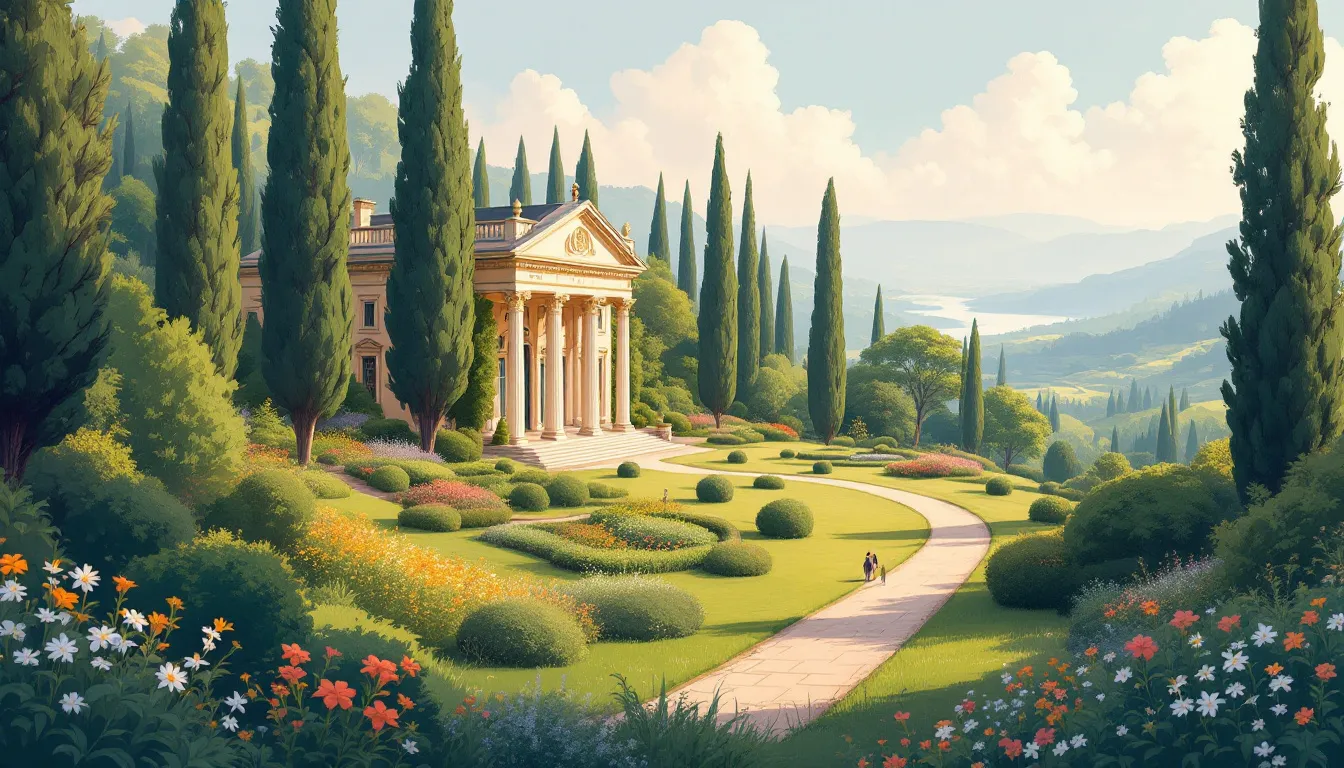
Villa Gregoriana, named in honor of Pope Gregory XVI, is where nature and history intertwine to create a mesmerizing experience.
Located in the valley historically known as Valle dell’Inferno, Villa Gregoriana features a 100-meter-high waterfall that is one of its main attractions.
The park is filled with:
- wooded paths
- grottoes
- caves
- hidden passageways
This offers a rustic haven for wildlife and a dramatic landscape for locals and visitors in the sabine hills countryside.
The gorge, reaching a depth of 400 feet, showcases the park’s dramatic landscape. As you explore the natural dirt paths and constructed walkways, you’ll encounter Roman architectural remains and extensive gardens that enhance the park’s tranquil atmosphere.
The Great Waterfall and Grottoes
The Great Waterfall at Villa Gregoriana is a breathtaking natural feature that captivates visitors with its impressive height and cascading waterfalls. Surrounded by lush vegetation and historical remnants, this waterfall is not only a stunning natural spectacle but also a focal point for the park.
Near the Great Waterfall, you’ll find the Grotto of Neptune, featuring fascinating rock formations and lush greenery that create a serene and picturesque atmosphere. The Grotto of the Sirens, equally enchanting, is known for its tranquil ambiance and natural beauty, making it a perfect spot for reflection and relaxation.
Ancient Temples and Ruins
Villa Gregoriana is also home to ancient temples and ruins that add to its historical allure. Among these is the villa of the Roman consul Manlius Vopiscus, offering a glimpse into the past. The integration of natural and historical elements within the park creates a unique and immersive experience for visitors.
The Great Waterfall, with its dramatic appearance, is surrounded by mysterious caves known as the Grotto of Neptune and Grotto of the Sirens. These ancient structures and natural features make Villa Gregoriana a must-visit destination for those looking to embrace both nature and history.
Step Back in Time at Rocca Pia
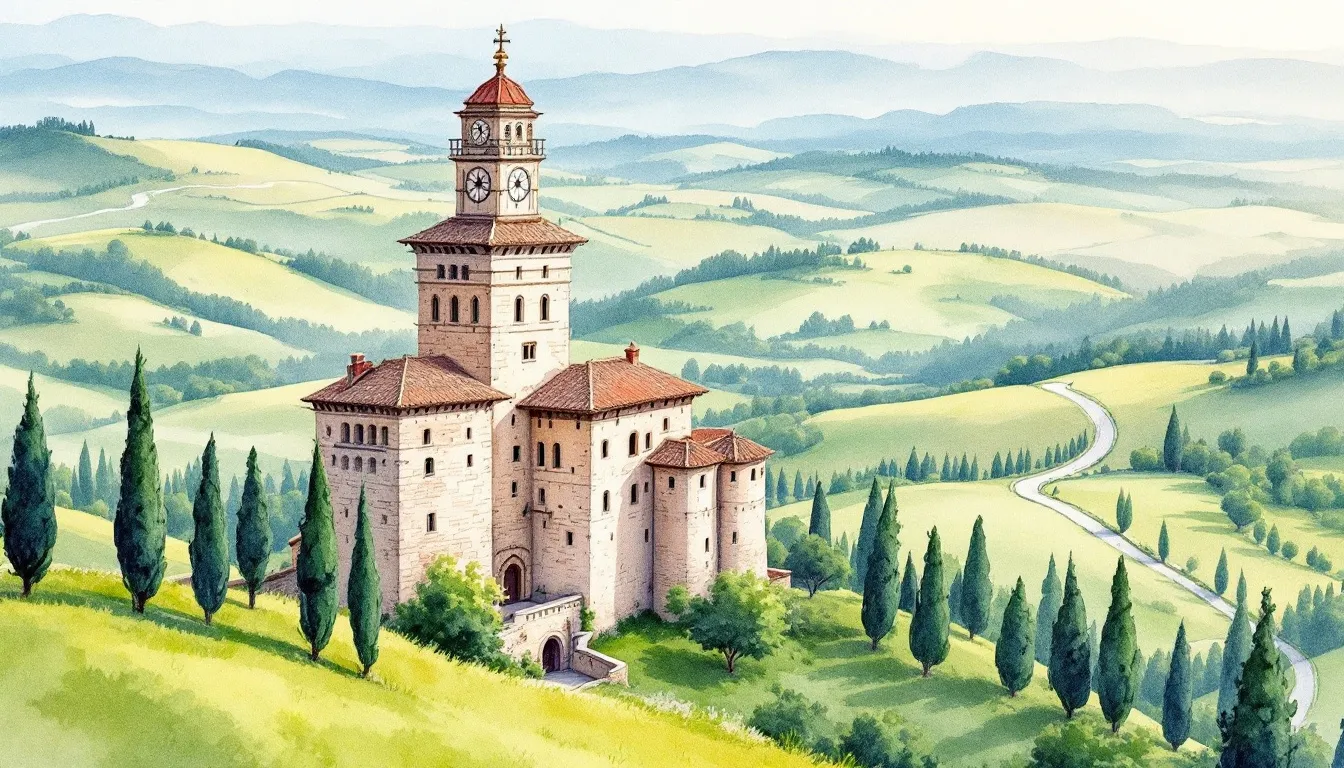
Rocca Pia, a medieval fortress commissioned by Pope Pius II in the mid-1400s, stands as a testament to Tivoli’s defensive architecture. Though visitors can only admire Rocca Pia from the outside, its imposing presence offers a glimpse into the town’s historical significance.
Currently closed to the public for internal tours, Rocca Pia’s exterior still captivates with its robust design and historical charm. A visit to this fortress is a perfect addition to any day trip from Rome, offering a deeper understanding of Tivoli’s rich history.
Visit the Sanctuary of Hercules Victor
The Sanctuary of Hercules Victor, dating back to the 2nd century B.C., is another historical gem in Tivoli. This ancient site features a temple and an amphitheater, showcasing significant architectural innovations of its time over the centuries. The sanctuary’s layout, which integrated trade routes, allowed commerce to flow through the sacred site, replacing tolls with offerings.
As a testament to Tivoli’s Roman heritage, the Sanctuary of Hercules Victor highlights the cultural and commercial importance of the capital town in antiquity. Visiting this site offers a unique perspective on the blend of religious and economic activities that once thrived here.
Wander Through Tivoli’s Historic Center
Tivoli’s historic city center is a charming maze of cobblestone streets and well-preserved medieval structures. As you wander through this picturesque setting, you’ll be transported back in time, enjoying the town’s rich history and vibrant atmosphere. The Basilica of San Lorenzo, one of the main religious sites, stands out with its artistic heritage and beautiful interior.
Exploring Tivoli’s historic center offers a perfect day trip experience, allowing tourists to immerse themselves in the town’s unique charm and history. From the quaint shops to the inviting cafes, every corner of Tivoli tells a story waiting to be discovered. Be sure to visit Tivoli for an unforgettable experience.
Notable Churches
Tivoli is home to several notable churches, each with its unique history and stunning artworks. The Church of Santa Maria Maggiore features impressive frescoes and is a significant landmark in the town. Cattedrale di San Lorenzo, though modest in size, provides a serene environment with organ music enhancing the experience.
Another gem is Chiesa di San Silvestro, dating back to the 11th century, adorned with beautiful golden paintings and statues. These churches, with their rich artistic and historical significance, are must-visit sites for anyone exploring Tivoli.
Relax at Tivoli Terme
After a day of exploring, nothing beats unwinding at Tivoli Terme. Known for its thermal waters rich in sulfur, Tivoli Terme offers a unique spa experience. Visitors can enjoy a variety of relaxation options, including saunas, hydro-massage pools, and specialized treatments and massages.
The Tibi Sensory Wellness & Spa, with amenities like a sensory pool designed for chromotherapy and music therapy, provides an environment aimed at tranquility and relaxation. For those looking to spend a perfect day trip from Rome, Tivoli Terme provides the ideal setting to rejuvenate both body and mind.
Dining in Tivoli
Tivoli’s culinary scene is a delightful blend of traditional Italian flavors and local specialties. Ristorante Sibilla, a 300-year-old establishment located near Villa Gregoriana, is frequented by famous personalities like King Frederick William III of Prussia and Yoko Ono. This restaurant serves seasonal Italian recipes, including seafood, risotto, and ravioli with buffalo mozzarella.
For a more casual dining experience, La Fornarina, located in a medieval palazzo in Piazza delle Erbe, offers traditional Italian cuisine with a focus on pizza and pasta dishes. Both restaurants provide unique dining experiences that showcase the local culinary heritage of Tivoli.
Where to Stay in Tivoli
When it comes to accommodations, Tivoli offers a range of hotels to suit every traveler. For a luxurious stay, consider Residenze Gregoriane, a plush hotel located in a 15th-century mansion, offering three opulent suites. Families may enjoy staying at La Tenuta di Rocca Bruna Country Resort, popular among visitors with children.
For more budget-friendly options, B&B Villa d’Este and B&B Il Giardino are highly rated for their comfort and friendly service. These accommodations provide easy access to local attractions, ensuring a convenient and enjoyable stay in Tivoli.
True Colors of Italy Offers An Excursion In Tivoli
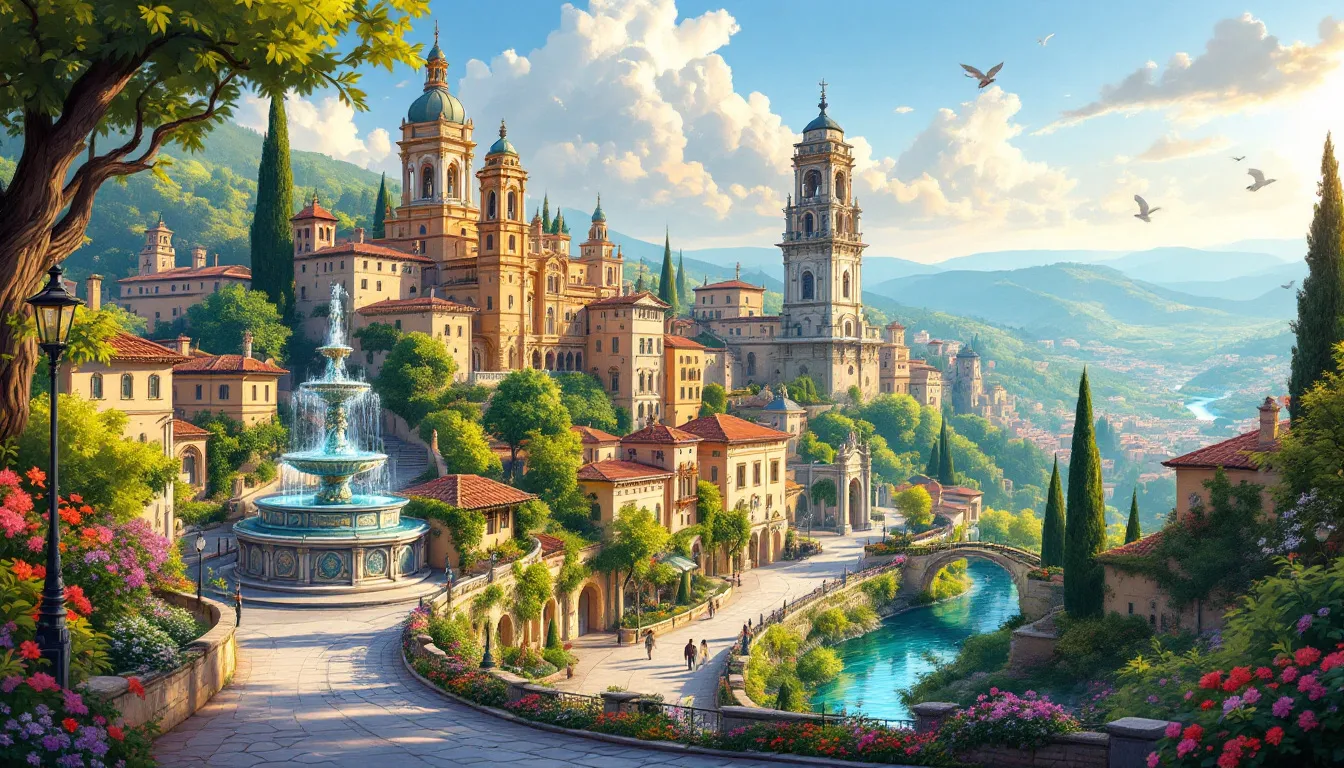
For those looking to experience the true essence of Tivoli, True Colors of Italy offers a unique excursion titled ‘Tivoli Treasures’. This immersive experience focuses on the area’s historical landmarks and beautiful landscapes, allowing participants to enjoy traditional Italian cuisine while exploring destinations.
The excursions are designed to showcase the authentic charm of Tivoli, highlighting its cultural heritage and natural beauty. Whether you’re a history enthusiast or a nature lover, this excursion promises a memorable day trip from Rome, offering a deeper connection to Tivoli’s treasures.
Summary
Tivoli is a treasure trove of historical, natural, and cultural wonders, offering an unforgettable journey through time and beauty. From the grandeur of Villa Adriana and the enchanting gardens of Villa d’Este to the dramatic landscapes of Villa Gregoriana and the historic charm of Rocca Pia, every corner of Tivoli tells a story of its rich heritage. The Sanctuary of Hercules Victor and the notable churches in the historic center add layers to the town’s historical tapestry, while Tivoli Terme provides a perfect retreat for relaxation.
Whether you’re exploring ancient ruins, marveling at Renaissance art, or indulging in local cuisine, Tivoli promises a multifaceted experience that captivates every traveler. So pack your bags, embark on this journey, and let Tivoli’s timeless charm inspire you to discover the true colors of Italy.
Frequently Asked Questions
How far is Tivoli from Rome, and what’s the best way to get there?
Tivoli is about 30 kilometers (18 miles) from Rome, and the best way to get there is by taking a train from Roma Termini, which takes around 45 minutes.
What are the must-visit attractions in Tivoli?
If you’re heading to Tivoli, definitely check out Villa Adriana, Villa d’Este, and Villa Gregoriana—they’re simply stunning! Don’t miss Rocca Pia and the Sanctuary of Hercules Victor either; each spot adds its own charm to the experience.
Can I visit all the main attractions in Tivoli in one day?
Absolutely, you can hit all the main attractions in Tivoli in one day, but be prepared for a busy schedule. Start early and plan your route to maximize your time!
Are there any special dining experiences in Tivoli?
You’ll love the dining experiences in Tivoli! Ristorante Sibilla offers a historic vibe with seasonal Italian dishes, while La Fornarina serves up delicious pizza and pasta in a charming medieval setting.
What is the best time of year to visit Tivoli?
The best time to visit Tivoli is in spring (April to June) and early autumn (September to October) when the weather is lovely and the gardens are vibrant. Skip the summer if you want a quieter experience!

